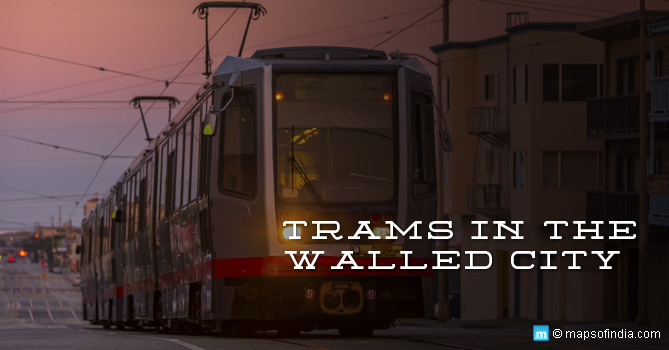About Image: AAP government decides to run trams in Old Delhi, trams would run in areas like Red Fort, Jama Masjid, Digamber Jain Mandir, Sheeshganj Gurdwara, old and New Delhi railway stations.
Will Tram Solve the Old Delhi Traffic Congestion? Trams in the Old Delhi

